Enhance Client Healing and Drive Organizational Success
Unyte Health’s Organizational Solutions offer a 360-degree approach to integrating the Safe and Sound Protocol (SSP), featuring tailored program design, dedicated clinical mentorship and data-driven outcomes measurement.
Ideal for organizations with 4+ providers, this service is designed to help you improve client outcomes, reduce provider burnout and drive organizational growth.
Unyte Health’s Organizational Solutions offer a 360-degree approach to integrating the Safe and Sound Protocol (SSP), featuring tailored program design, dedicated clinical mentorship and data-driven outcomes measurement.
Ideal for organizations with 4+ providers, this service is designed to help you improve client outcomes, reduce provider burnout, and drive organizational growth.

Build a Stronger Foundation to Drive Organizational Growth
The Safe and Sound Protocol (SSP) is a powerful listening therapy that creates a safe space for brain and body integration and healing to achieve impactful, long-lasting results.
In addition to its effectiveness in supporting many symptoms and conditions, the SSP can be used as an integrative tool that complements other treatments and modalities, providing a respite from more intense therapies.
The SSP can be integrated in a variety of organizations.
Adoption and Foster Care Centers
Behavioral Health Organizations
Community Mental Health Centers
Educational Institutions and Schools
Family Services Centers
Health Systems
Hospitals
Inpatient and Outpatient Clinics
Residential Treatment Centers
And more
Existing providers currently combine delivery of the SSP with other modalities.
Behavioral Therapy (CBT, DBT, MBCT)
Biofeedback
Body Work
Brainspotting
Eye Movement Desensitization and Reprocessing (EMDR)
Internal Family Systems (IFS)
Neurofeedback
Play Therapy
Sensory Integration
Somatic Experiencing®
And more
The SSP is designed to enhance treatment for many symptoms and conditions.
ADD/ADHD
Addiction
Anxiety
Auditory Processing
Autism
Depression
Disordered Eating
Learning and Development
Motor Skills
Physical Challenges
Sensory Sensitivity
Sleep
Social and Communication Difficulties
TBI
Trauma and PTSD
And more
The Safe and Sound Protocol (SSP) is trusted by 4,000+ clinical practices worldwide
TREATMENT CENTERS
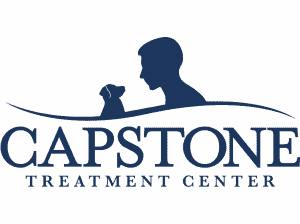

EDUCATION AND FAMILY SERVICES


HEALTH SYSTEMS
The Safe and Sound Protocol (SSP) is trusted by 4,000+ clinical practices worldwide

RUNNING A CLINICAL PROGRAM IS MORE CHALLENGING THAN EVER
As a clinical leader, you want to provide reassuring and supportive care to your clients, drive clinical outcomes and support staff well-being and retention — all while remaining sustainable. However, this has become increasingly challenging due to:

Increasing Need To Support High-Complexity Clients

Increasing Need To Support High-Complexity Clients

Financial Pressures and Resource Constraints

Financial Pressures and Resource Constraints

Provider Burnout and Well-being

Provider Burnout and Well-being
Our Organizational Solutions are designed specifically to help you overcome these challenges.
Customized and Comprehensive Support
The Music, Clinical Consultation, Reimbursement and Outcome Measurement
Our team of organizational consultants, expert clinical mentors and account managers is dedicated to supporting your organization’s success. We offer a structured approach to guide you through each phase of SSP integration, ensuring you achieve your goals effectively.
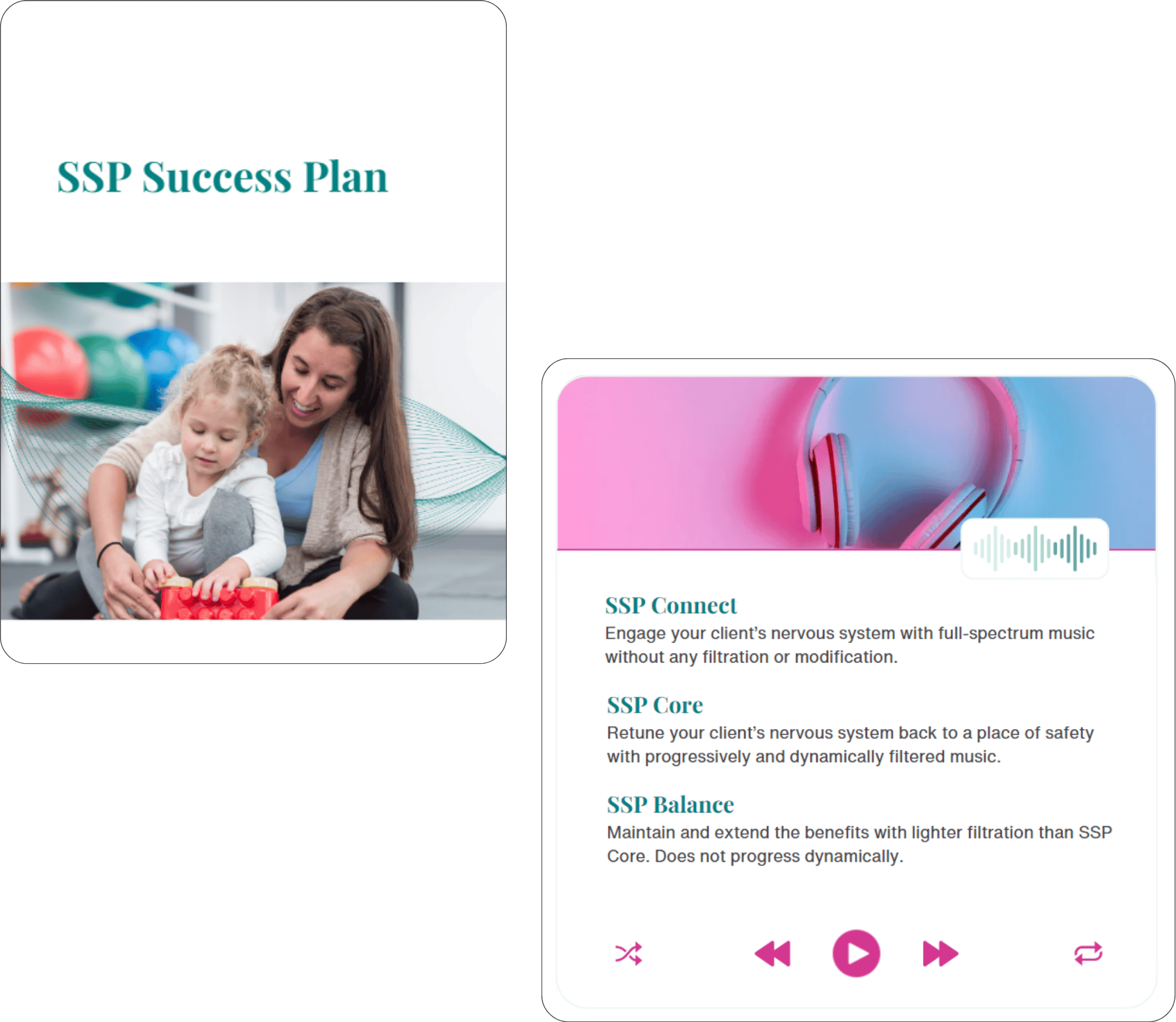
Delivery Model Planning and Implementation
We understand your client needs, provider capacities, therapeutic modalities and process and business model, and work with you to design a program model that seamlessly integrates the SSP into your existing treatment approach.
- Clients will see symptom improvement.
- Clients are no longer stuck and become more receptive to other treatments.
- Save time and avoid unnecessary detours with our team’s support in bridging curriculum gaps.

Mentorship and Continuous Support
Our experienced mentors specializing in various modalities deliver live mentorship sessions for your providers, ensuring they feel confident and well-prepared before and throughout SSP integration.
We also help you educate and inform your clients and their families about the SSP with psychoeducation materials, ensuring they understand and trust the delivery process.
- Providers will develop the skills to regulate their own nervous systems.
- Providers will improve their ability to co-regulate with clients and foster deeper engagement during sessions.
- Clients, families and caregivers will gain confidence in treatment.


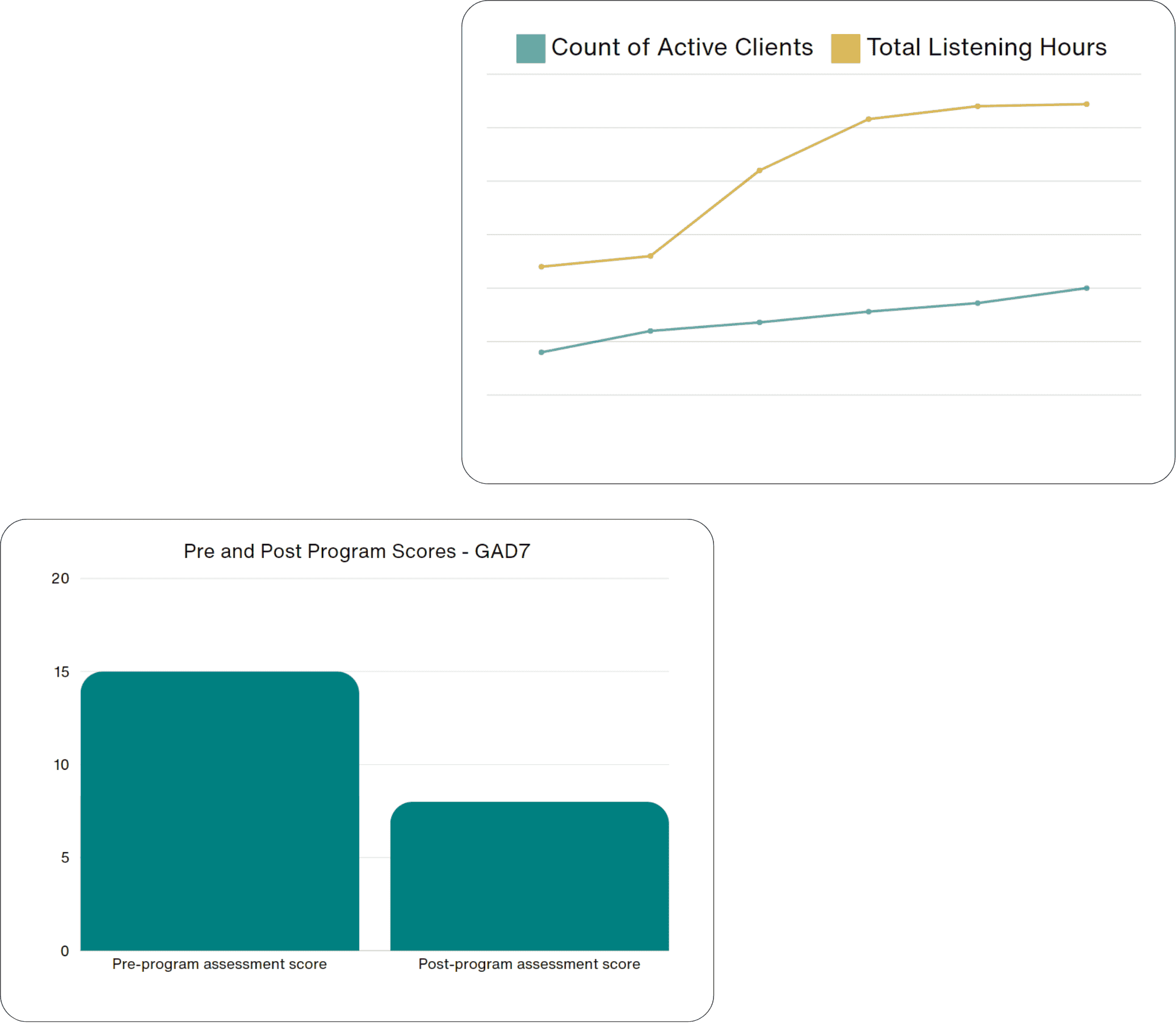
Outcomes Measurement
Your success is our priority. Through regular leadership meetings and data reviews, we refine program delivery plans on an ongoing basis to ensure alignment with and reach your goals.
- SSP integration will stay on track to meet evolving objectives.
- Your organizations will reduce costs through optimized client time and shorter length of stay.

“The SSP is a necessary tool in the toolbox. The biggest thing is that clients were able to tolerate EMDR as a result of adding the SSP. After including the SSP, we didn’t come across difficult or complex clients whom we didn’t feel like we could treat.”
— Alecia Smith, Chief Program Officer, Clinical at Plains Area Mental Health Center
“The Safe and Sound Protocol sets the conditions for healing to occur. I would highly recommend it to anyone in the helping and healing profession.”
— Deirdre Stewart, Vice President, Trauma Resolution Services at The Meadows Behavioral Healthcare
Read the case study: Integrating SSP Group Delivery in an Inpatient Level One Psychiatric Facility →
Read more success stories from organizations using the SSP
How the Safe and Sound Protocol (SSP) Became Key to Capstone’s Treatment Plans for Young Men
Read more →
SSP helps 10-year-old in foster care with a history of trauma regain control
Read more →
Integrating SSP group delivery in an inpatient Level One psychiatric facility
Read more →
Backed by Clinical Trials and Real-world Evidence
The SSP is backed by clinical trials, with publications in leading academic, peer-reviewed journals, including Frontiers in Pediatrics, International Journal of Psychophysiology, Journal of Occupational Therapy, Schools, & Early Intervention, and Harvard Review of Psychiatry.
New Release: White Paper
Nervous System Regulation Through Listening: The Science and Applications
In this white paper, we dive into the profound impact of music-based interventions, sound therapies and listening therapies.
In an exploration of science, clinical research and real-world evidence, we aim to enrich your familiarity with bottom-up therapies and how they can complement traditional, top-down approaches to create holistic healing strategies grounded in physiological safety and autonomic regulation.
Fill out the form to view the white paper:
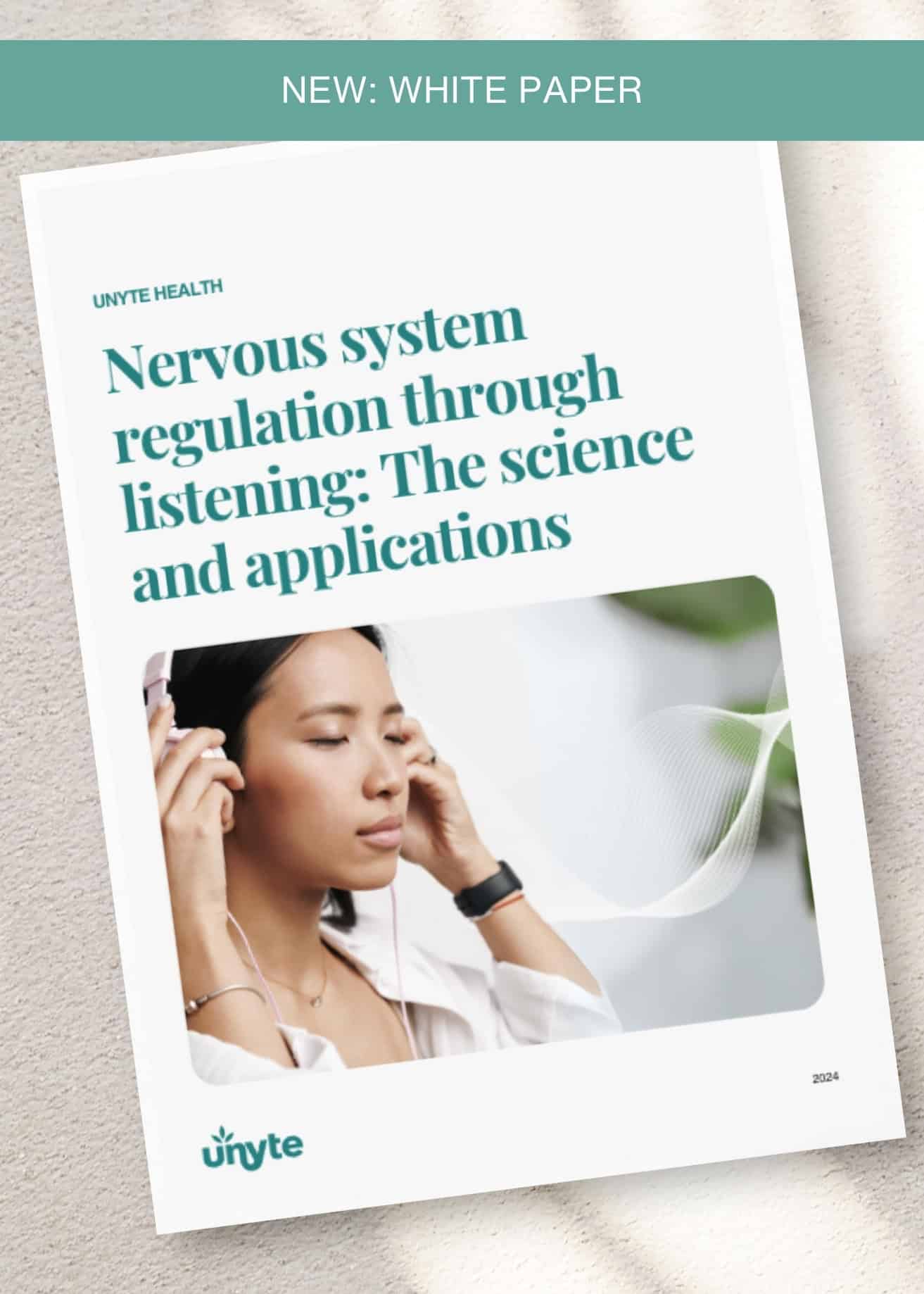
Frequently Asked Questions
Unyte Health’s Organizational Solutions are customized to best suit your needs, as no two organizations are the same. Book a free call, during which our experienced team will understand your client’s needs, business and pricing model, therapeutic modalities and processes. We will then suggest a plan that is most suitable for driving your organizational growth.
A customized plan can help unlock the SSP’s full potential in an organizational setting. We understand that managing a clinic is challenging, from client outcomes to financial planning and provider retention. That’s why our Organizational Solutions offer dedicated support from a team of clinical consultants, mentors and account managers skilled in these areas. By partnering with us, you gain a team committed to understanding your unique challenges and helping you achieve accelerated healing, enhanced provider well-being and thriving organizational growth. Download the product brochure →
Yes. The SSP’s effectiveness is supported by clinical trials, real-world evidence and Dr. Stephen Porges’ Polyvagal Theory. There is substantial evidence beyond Polyvagal Theory regarding the impact of music-based interventions, including numerous NIH-funded studies, meta-analyses and Randomized Controlled Trials (RCTs). Additionally, the clinical trial evidence for the SSP is peer-reviewed and published in high-quality journals like the Harvard Review of Psychiatry. Download our white paper and talk to our team to learn more.

As you work to help others,
let us provide the support you need.
let us provide the support you need.
Learn more about the benefits for your organization and book a free consultation.

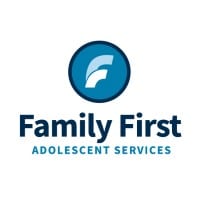




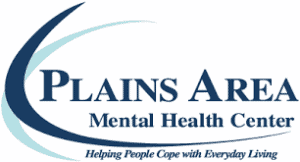

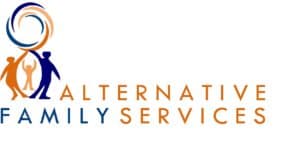

 © 2025 Unyte Health US Inc.
© 2025 Unyte Health US Inc.